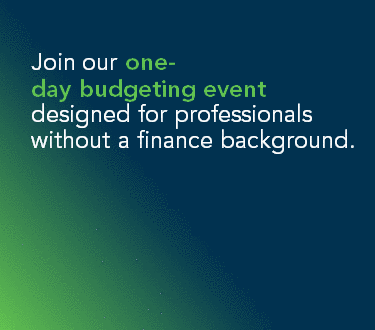When you’re self-employed, the line between you and your business can feel blurrier than fog on the Tyne. You are the brand, the service provider, and the entire marketing department rolled into one. This reality often presents challenges in terms of how much of yourself to share and where to draw professional boundaries.
1. Treating yourself like a proper business
The first step is shifting your mindset from “I’m freelancing” to “I run a business.” This mental shift changes everything about how you operate.
Start with the basics: set up a separate business bank account, consider becoming a limited company, and get proper business insurance. These aren’t just administrative tasks – they’re declarations that you take your work seriously.
Review your rates regularly and price based on value, not just time. Ask yourself what advice you’d give another business owner in your situation. Would you tell them to undercharge or work without contracts? Of course not.
Plan where you want your business to be in one, three and five years. Invest in training, track your expenses, and set aside 25-30% of your earnings for tax purposes. These are the hallmarks of someone who sees their work as a sustainable business, not just a temporary arrangement, and it will translate into everything you do.
2. The personal brand dilemma
When you’re self-employed, you face a particular challenge: your personality is often part of what clients buy. They want to work with you, not just your skills. But how much of yourself should you share professionally?
The key is choosing specific aspects of your personality and life that you’re comfortable discussing publicly. Pick three to five topics that align with your values and resonate with your target audience. These might be your morning routine, your love of vintage books, your passion for sustainable living, or your approach to work-life balance.
For instance, if you’re a graphic designer who’s passionate about cycling, weaving cycling references into your professional content can make you more memorable. Clients might remember you as “the designer who cycles everywhere” – a distinctive personal detail that helps you stand out.
3. Drawing professional lines
Knowing what not to share is equally important. You might mention your family in passing, but don’t want to share their names or photos. You might discuss your hobbies, but avoid controversial political opinions. The goal is to create connection whilst maintaining privacy.
Some business owners deliberately share more challenging personal topics – mental health struggles, faith, or strong political views – because they want to work only with clients who share their values. This approach can be powerful for building deep connections with the right audience, though it might limit your client pool.
Remember, your professional content serves as a marketing tool with specific business objectives. You can always use personal social media accounts for everything else.
4. Building business-like boundaries
Professional boundaries extend beyond social media, so develop standardised processes for client onboarding, project management, and delivery. When clients know you operate like a business, they treat you like one.
- Use contracts for every project, no matter how small or how well you know the client.
- Set specific work hours and communicate them clearly and effectively.
- Plan holiday time well in advance and protect it fiercely.
- Screen potential clients carefully and don’t be afraid to fire toxic ones. A business wouldn’t keep customers who damage profitability or staff wellbeing – neither should you.
5. Growing without losing yourself
As your business matures, the focus should shift from surviving to thriving sustainably. This means building systems and relationships that support long-term growth whilst maintaining the personal touch that makes you distinctive.
- Focus on client retention and referrals rather than constantly chasing new business.
- Develop a daily marketing habit and track which activities actually bring in work.
- Invest in good software and hardware – you’d expect a business to have proper tools.
- Build your professional network and become known as an expert in your field.
- Attend conferences, collect testimonials, and stay current with industry trends.
- Consider how you might scale your operations, perhaps by taking on a virtual assistant or partnering with other freelancers.
6. Find your balance
The most successful small business owners find ways to be authentically themselves while maintaining professional boundaries. They share enough personality to be memorable and relatable, but not so much that clients feel uncomfortable or uncertain about their professionalism.
Your personal topics should feel natural to discuss and align with your business values. They should help potential clients understand what it would be like to work with you. Most importantly, these boundaries aren’t permanent. As your business evolves, so can your approach to sharing personal details. What matters is that you choose consciously rather than sharing everything or nothing by default.
Being yourself in business means being intentional about which version of yourself you present professionally. It’s about creating connections whilst maintaining the respect and boundaries that allow your business to thrive.
Remember: you are the business, but the business doesn’t have to be all of you.












